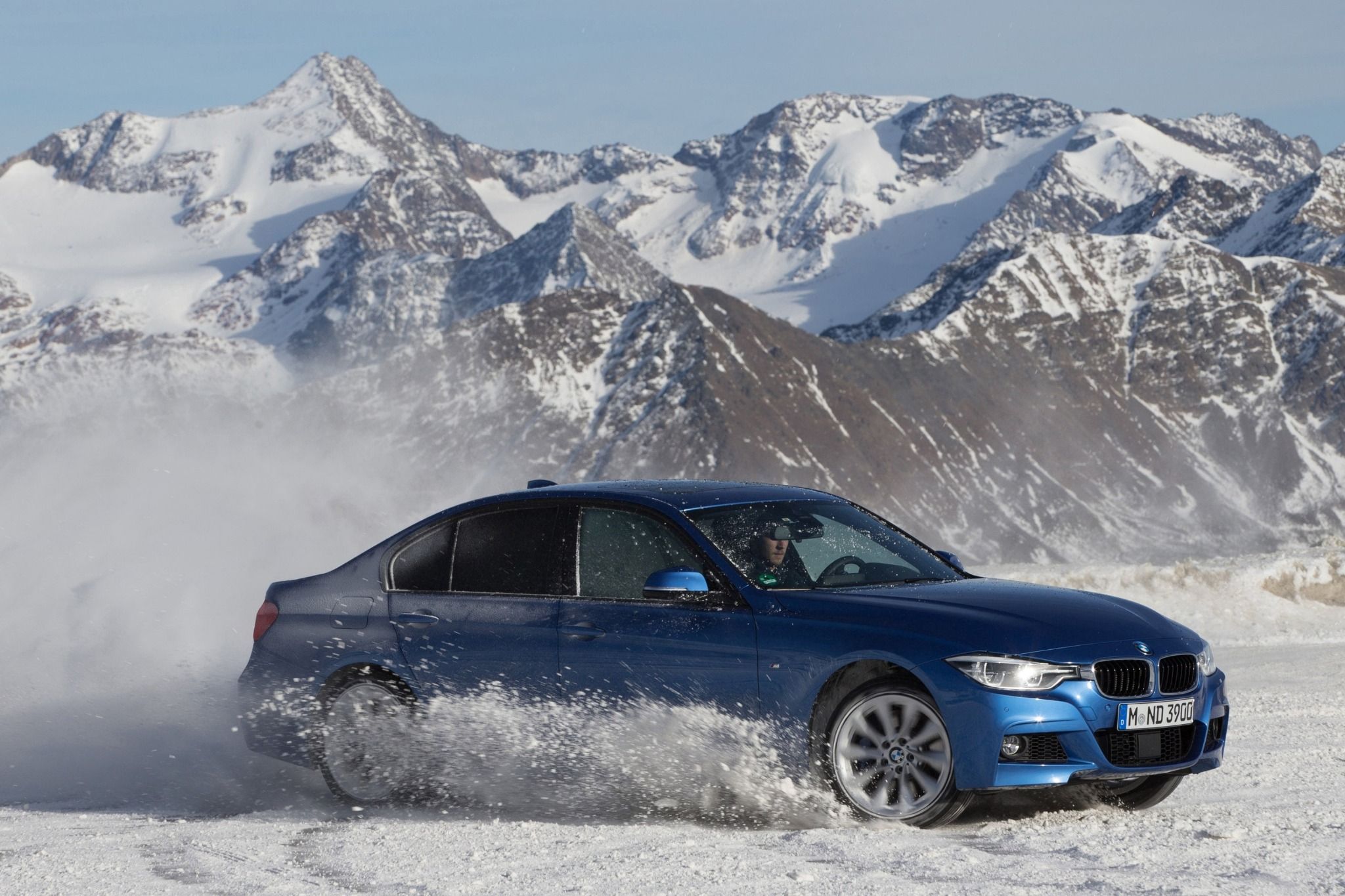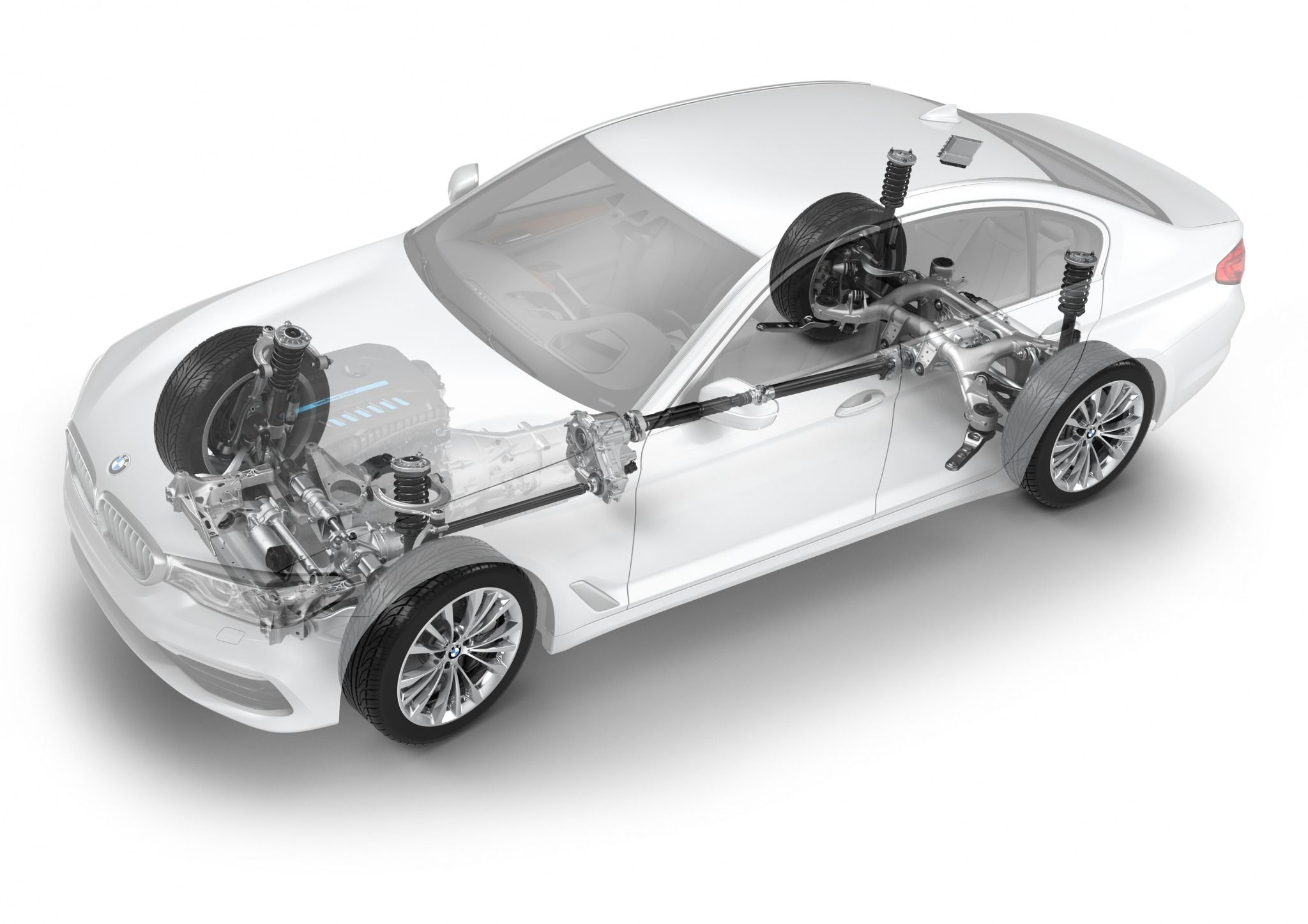
Explained: What is BMW XDrive?
By Motor Match • 06/01/2021
One such car maker is BMW, which applies four-wheel-drive technology to many of the cars in its range. It calls this system XDrive.
Everything you need to know about BMW xDrive
With the winter months in full swing, you might be noticing that the roads are getting a little bit dicier. Routes can quickly become wet, slippery and tricky to navigate, especially in rural areas. Two-wheel-drive cars can often struggle here – especially those with the power sent to just the rear wheels – which is why many manufacturers offer all-wheel-drive versions of their most popular models.
One such car maker is BMW, which applies four-wheel-drive technology to many of the cars in its range. It calls this system XDrive.
Much of the BMW range now comes with an xDrive variant of some kind, including on SUVs like the X1 and X5, but also on saloon and estate models, such as the 3 Series.

But just what is XDrive? We’re going to find out.
BMW introduced its first all-wheel drive model in 1985, with the 325i ‘Allrad’. This utilised visco locks, which could create a strong connection between the front and rear wheels. It did this by monitoring which wheel slipped and which gripped, and adjusting the power sent to each one accordingly. This was the first time that the German car maker had thought to implement an all-wheel-drive system into a standard road car body, and the idea stuck.
Fast forward to 2016, and BMW started using an all-wheel-drive system that is at the very cutting edge of technology, giving people a car that is usable in all weathers – not just in the dry.
XDrive is a system that sends power to all four wheels constantly. This is split as 40 per cent of the drive going to the front wheels, with the remainder put through the rears. However, things don’t stop there. An on-board computer constantly monitors each wheel for levels of grip and can adjust the power being sent to them accordingly.
What does that mean?
Well, for example, if you hit a patch of wet leaves on the inside of a left-hand bend, the car’s system can send more of the engine’s drive to the outside wheels, keeping you stable throughout the corner. It’s an ideal solution to winter roads, which can often upset a two-wheel-drive car. And should snowfall, there’s a little more traction to be had here, too.
Does xDrive all-wheel-drive have an effect on economy?
Yes, but not as much as you’d think. For instance, a standard 320d will achieve around 65mpg combined. For the XDrive model you’ll see around a 10mpg penalty, which isn’t bad considering the extra capability it affords you. Throughout the range, you won’t see too much of a difference between economy figures – in either petrol or diesel models.


Should I purchase a BMW xDrive AWD?
If you’re considering the purchase of a four-wheel-drive, but aren’t sure about the size increase that comes with an SUV, then a BMW car featuring XDrive technology might be for you. It allows you to keep the usable size and shape of a standard car, while having greater levels of capability on difficult terrain and in different conditions.
Make no mistake however, these cars aren’t suited to heavy off-roading, having been designed specifically for the road. Proceed with caution.
You may also like…